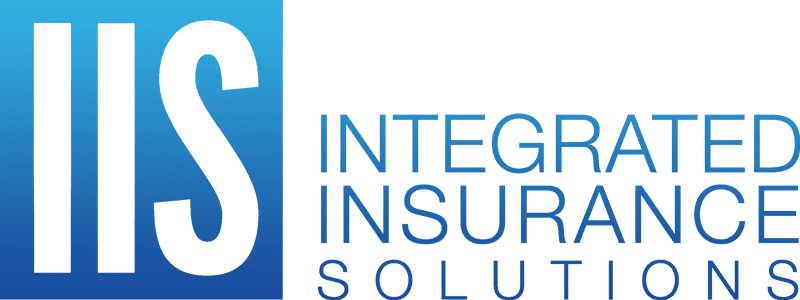In the last couple of weeks, we have seen two items that will affect Employer based Healthcare come out of Washington. The first is an Executive Order aimed at improving price and quality transparency in Healthcare. The second was a new rule the makes 2 new types of HRA’s available to all employers beginning in 2020. Lets quickly look at both of those ruling
1. Executive order to improve Price and Quality Transparency – its intent is to help patients make informed decisions on their care based on price and quality information.
By doing so it hopes to eliminate unnecessary barriers to the type of information a patient would need to help direct them in choosing the appropriate care for themselves. The current market is shrouded in unknowns on cost for procedures and surgeries for patients. By using “networks” it helps to lower this cost, but what is the actual cost?? This will help to resolve that.
It starts by requiring hospitals to post standard charge information publicly in an easy to understand format for patients. They are to post information for services, supplies or fees billed by the hospital. They are also required to regularly update this information for public use.
In addition to the hospitals, it also requires cost information from Health Care Providers, health insurance issuers and self-funded group health plans.
The order also directs the Treasury to issue guidance to expand access to HDHP’s (High Deductible Health Plans) that can be used along with an HSA (Health Savings Account) to cover low cost preventive care, before the deductible. It also will increase the amount of funds that one can carry over, without penalty, at the end of the year for FSA’s.
Lastly it requires HHS to submit a report on ways to address surprise medical billing.
2. New HRAs (Health Reimbursement Arrangement) will be permitted in 2020 for the first time since Healthcare Reform severely limited their use.
The first HRA will be an Individual Coverage HRA. This can by used to reimburse employees for the cost of the Individual Health insurance on or off the Exchanges. This cannot be offered to any employee that has access to a Group Health plan. It also cannot be used on Short Term Medical plans, dental or vision plans. It also must be offered to all individuals that are in the same class. This will eliminate classing out the higher risk employees.
The second HRA will be an Excepted Benefit HRA. This HRA must be offered in connection with a Group Health insurance plan. The employer is required to contribute up to $1800 per year. These funds can be used to pay for medical care such as deductible, co-pays, co-insurance etc. However, it cannot be used to pay for premiums for an individual, group or Medicare plan. It can be used to pay for dental and vision premiums.
Obviously, the final work on these 2 items will continue throughout the year and we should see more clarity on how it will affect Employer and Employees. Both items will help to control Healthcare costs, but the Price transparency should have a much bigger impact. As consumers, individuals need to have information to make decisions. It will also require facilities to think more competitively about their fees, which would help everyone.
